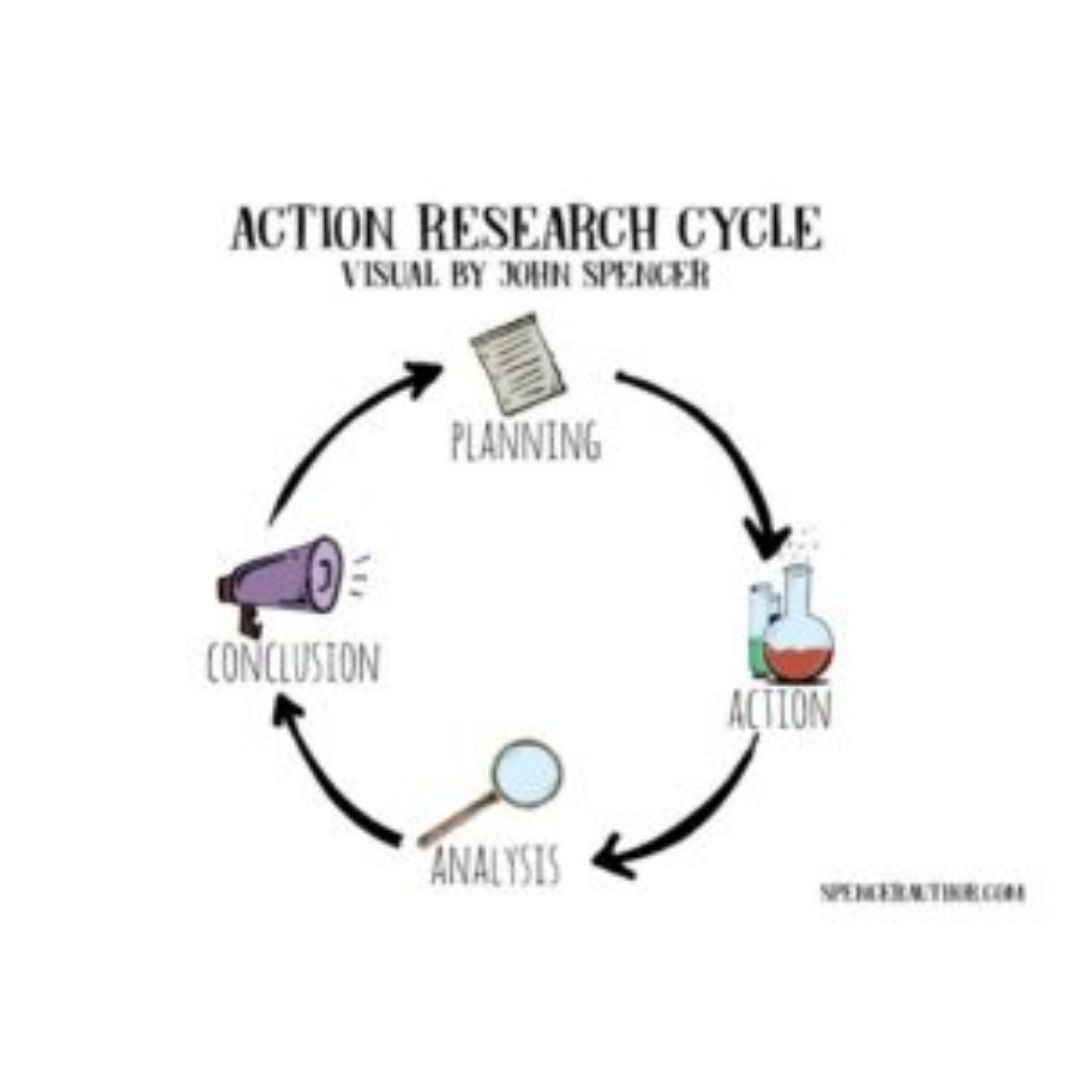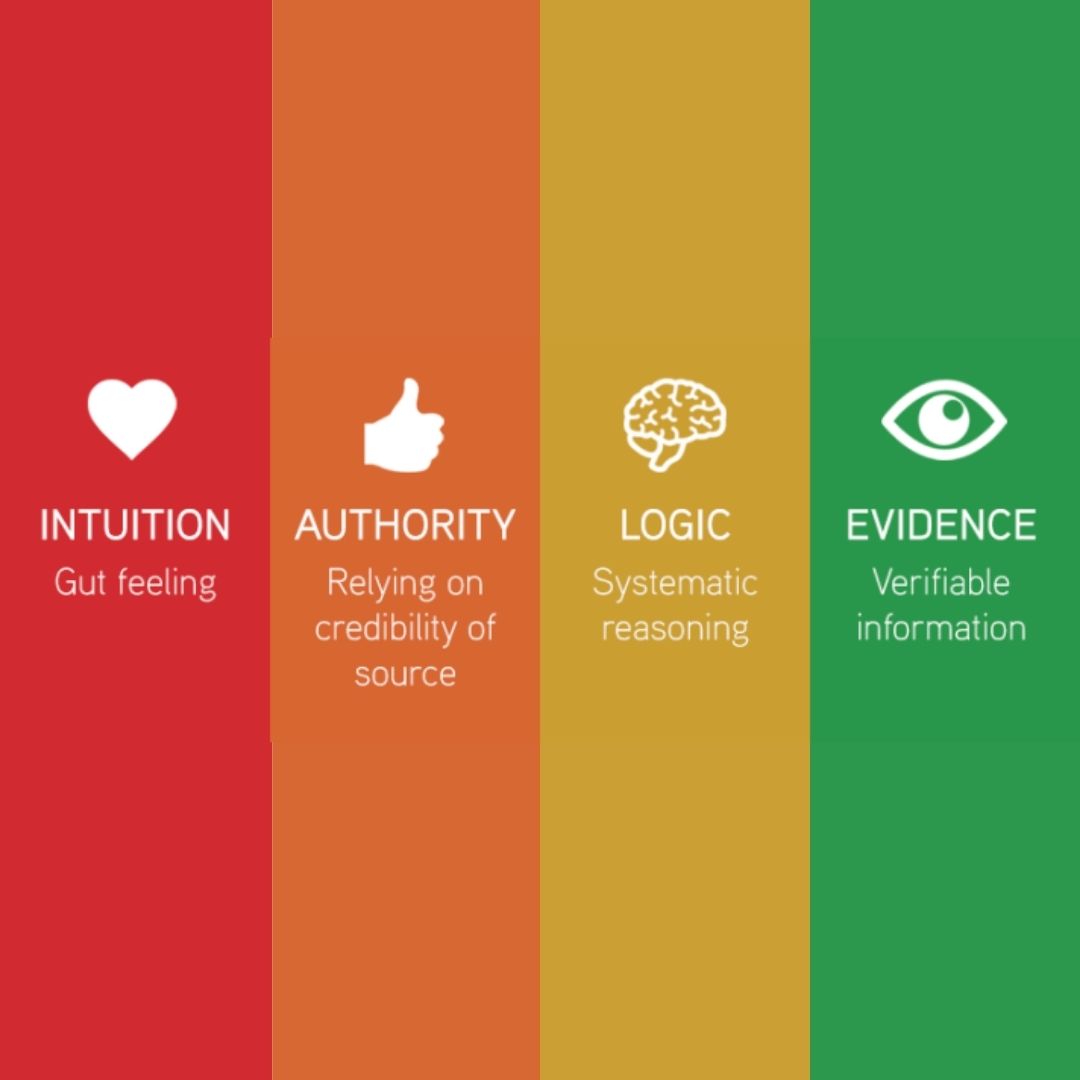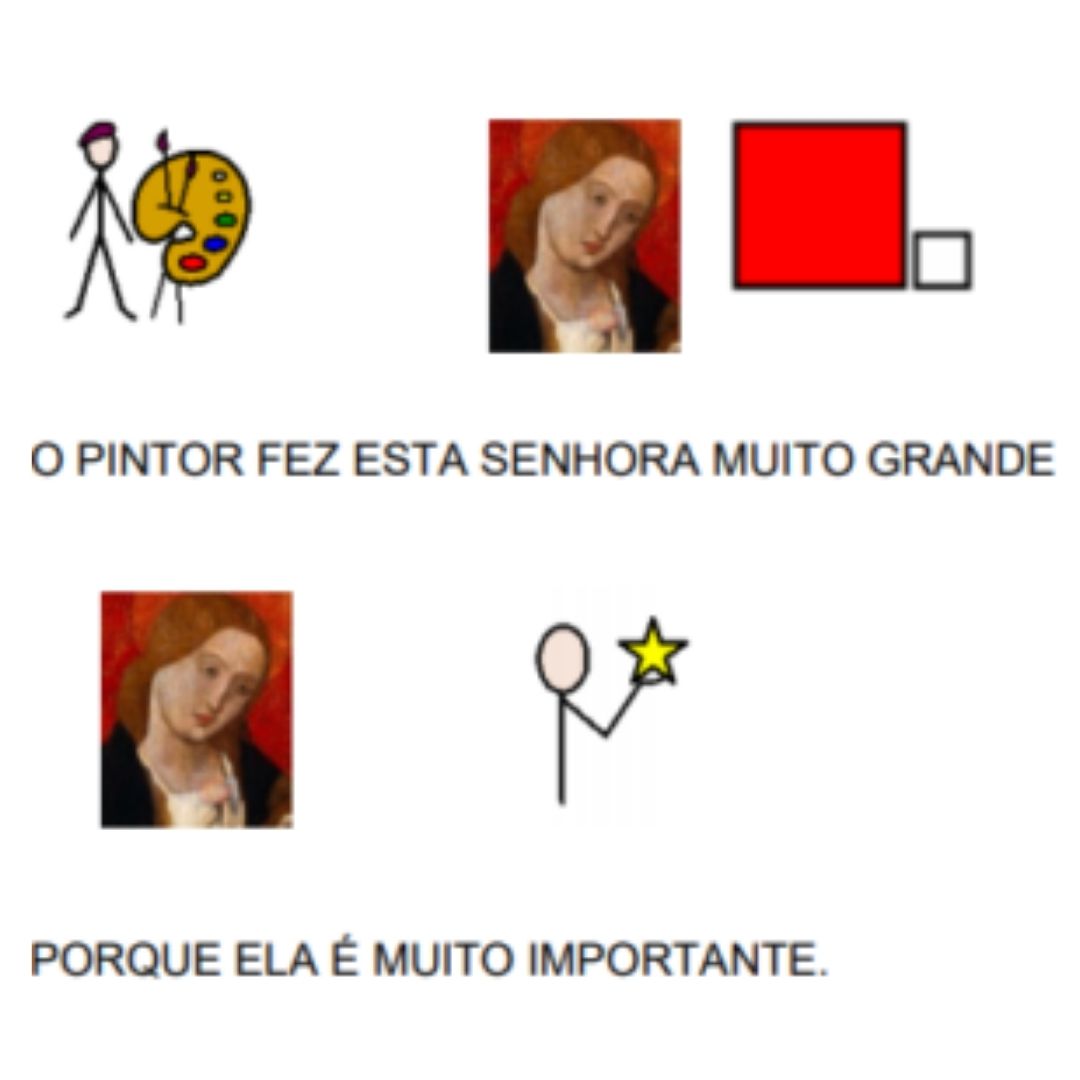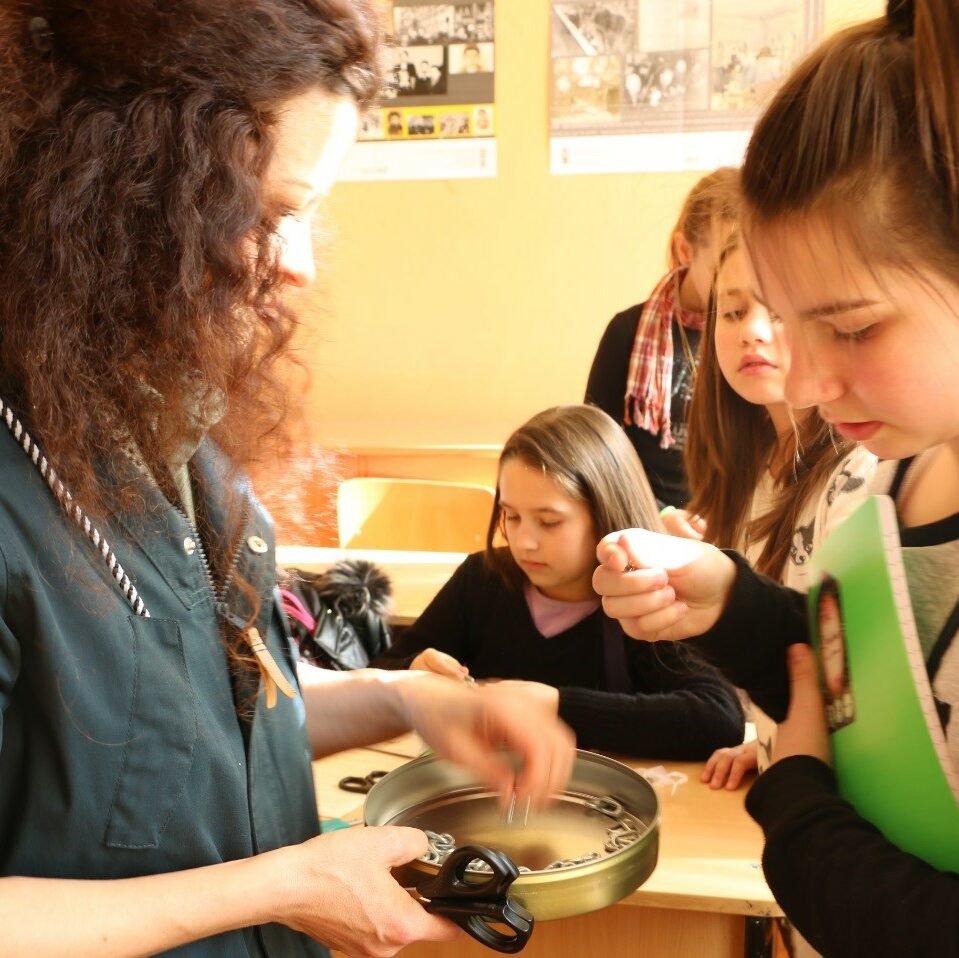This teachers’ guide has been written as part of the EuroClio Erasmus+ funded project ‘Learning to Disagree’.
It has been produced to support the teaching and assessment of dialogue, debate and discussion in the classroom where the subject matter may, or may not be, sensitive and controversial. This Guide is structured into three parts. Part A introduces the project and contextualises why dialogue, discussion and debate (DDD) should be taking place in classrooms. Definitions relevant to the project are set out along with a clear indication of how they come to be used in this project. Definitions include dialogue, discussion, debate, viewpoints and competence with particular emphasis on social and civic competences. Part B is the Teaching Guide and Part C is the Assessment Guide. These two parts have been written to complement each other and should be used together.
They both accompany the content and teaching materials of the Learning to Disagree project that can be found at www.historiana.eu and they consist of:
• Twelve sets of ‘Varieties of Viewpoints’
• Learning plans for lessons using some of the Viewpoints
• E-Learning activities using the ‘Variety of Viewpoints’ material.
The guide has been written with history and civics teachers and researchers from across Europe using multi-perspective materials from a wider variety of communities. This guide is not written for policy makers. While we hope it will be of interest to see how practising teachers work, please turn to the needs’ assessment document of this project for more detail about the theory that underpins this work, including a review of some of the relevant literature.
The full teacher’s guide is available in:

Helping all student answer challenging questions about the causes of historical events and developments

Action Research: projects as active methods to develop civic skills

How do we decide what we believe? – Helping students learn how to question beliefs and test claims to become more (self) critical and evidence based in their thinking

Augmentative Communication: the creation of visual vocabularies as a support in the study of works of art

The Other, The Different, The Identical





